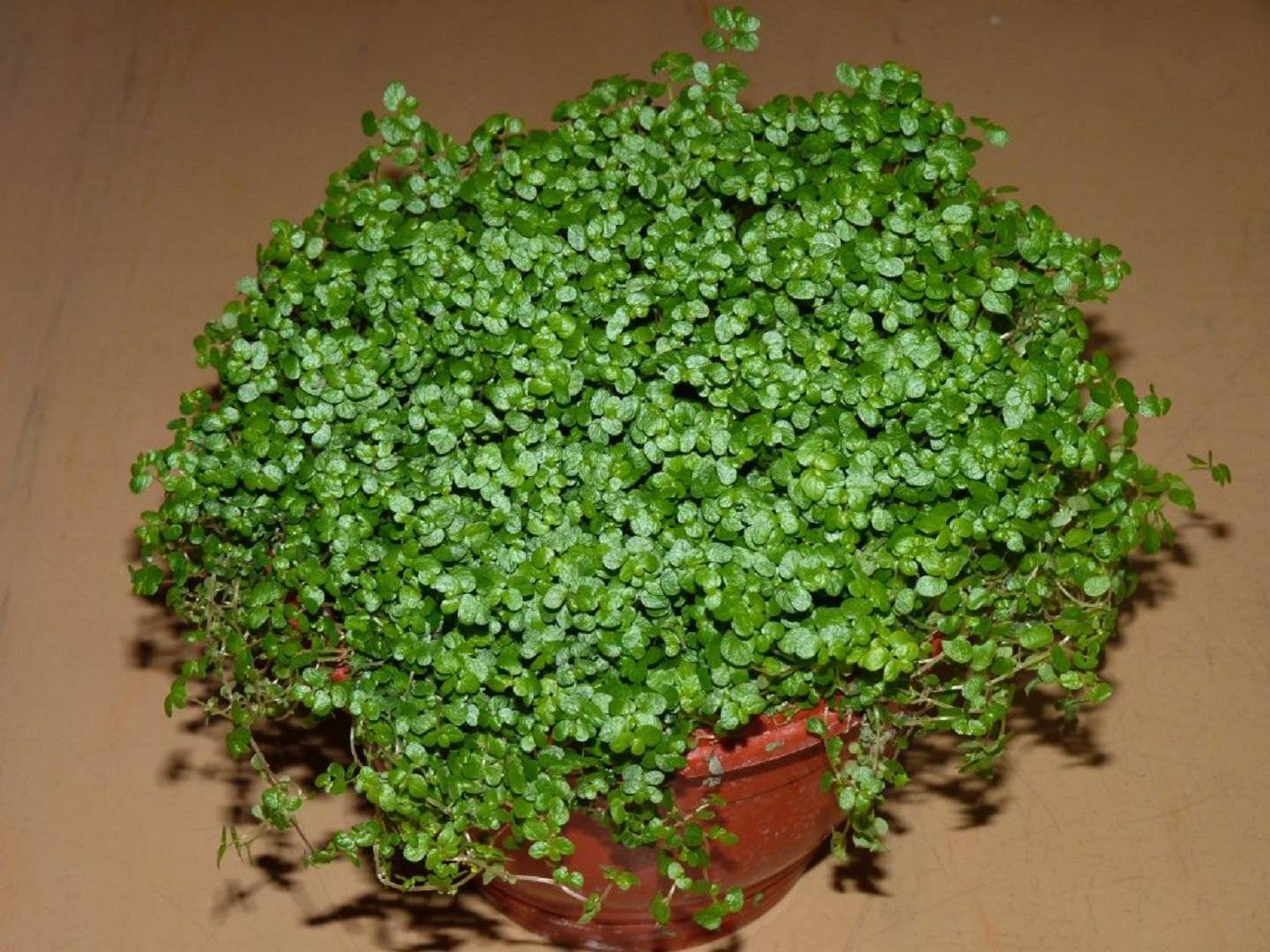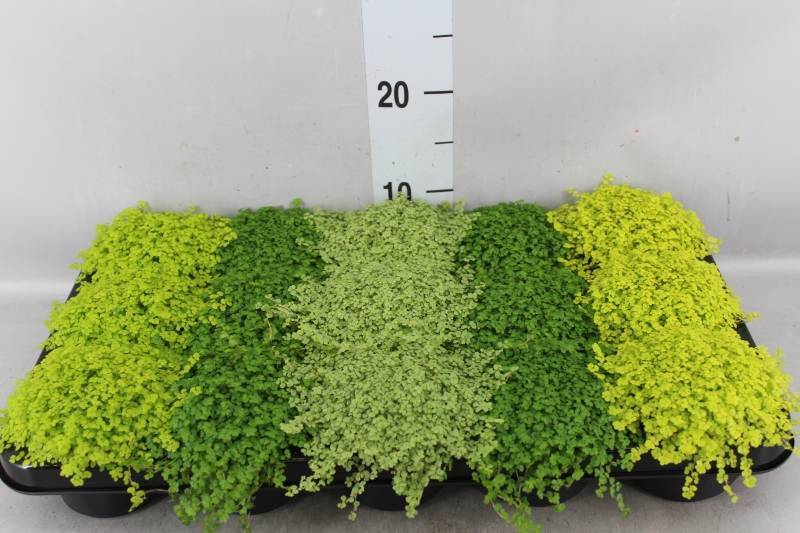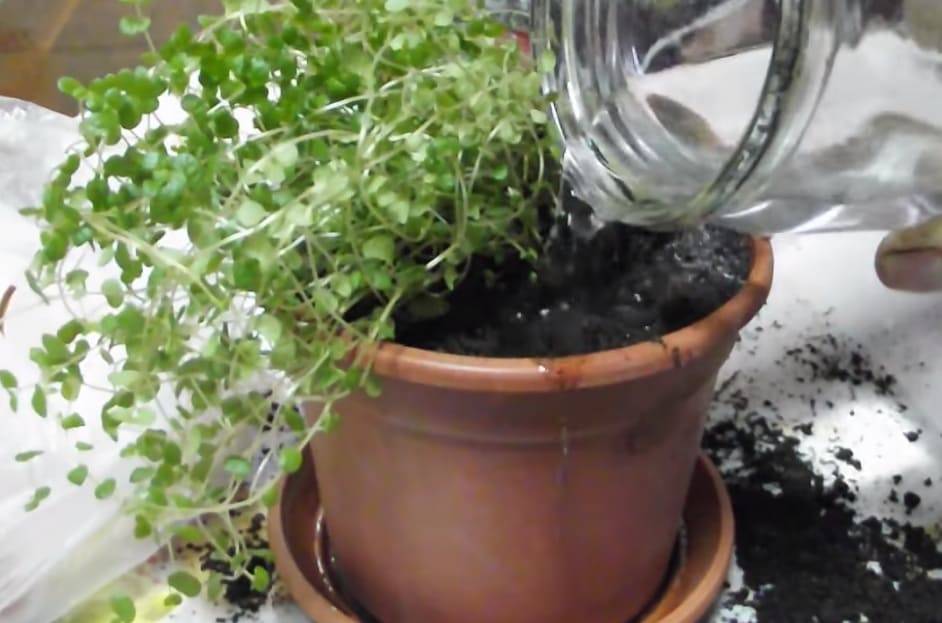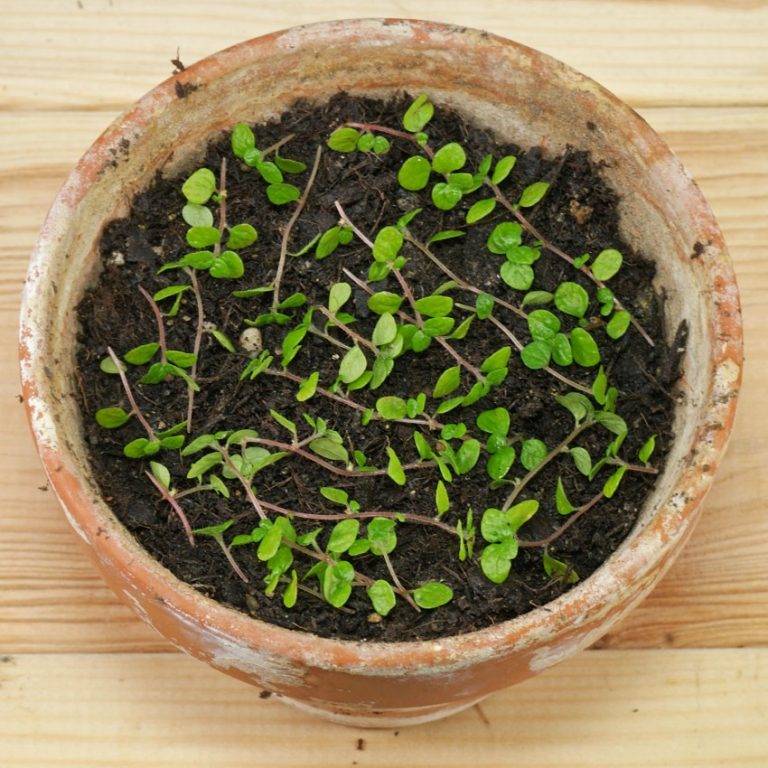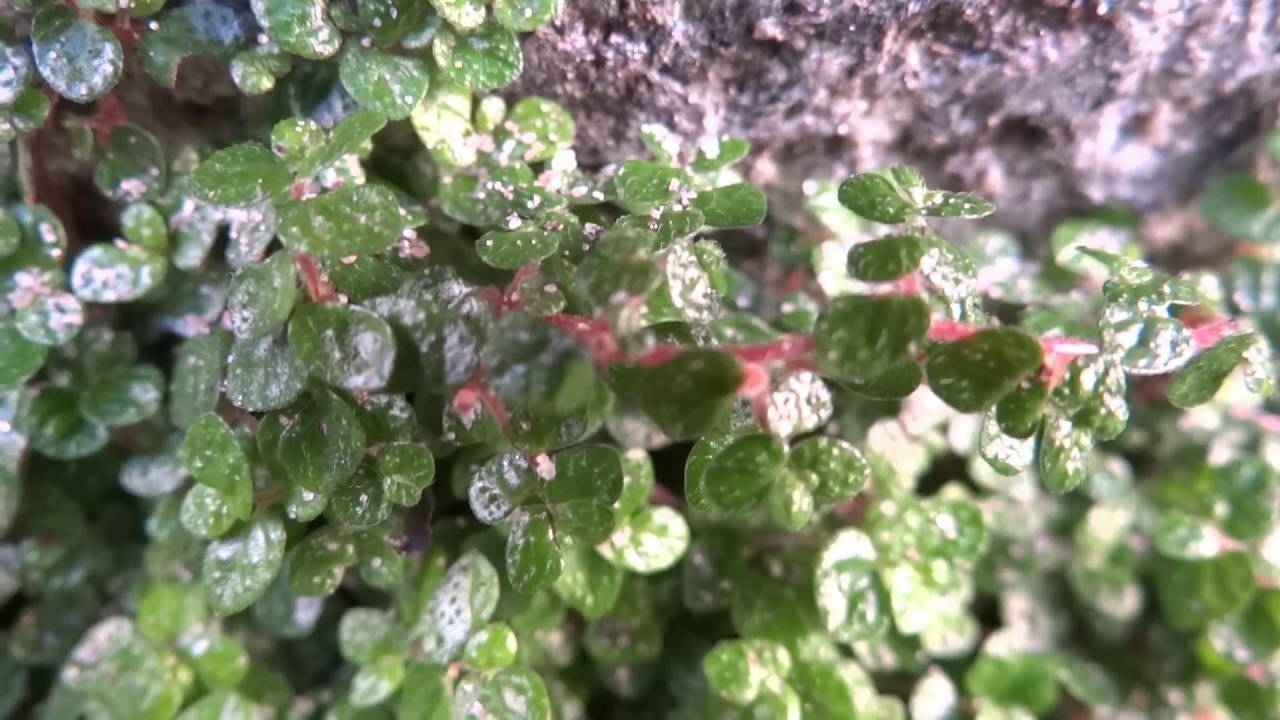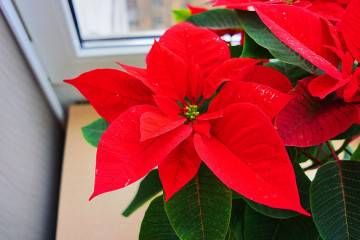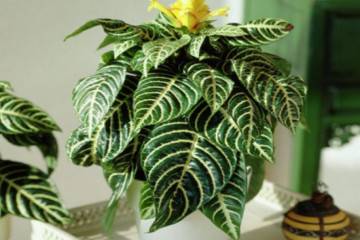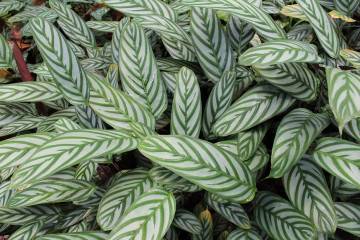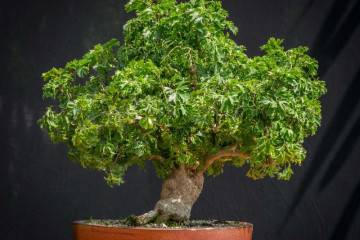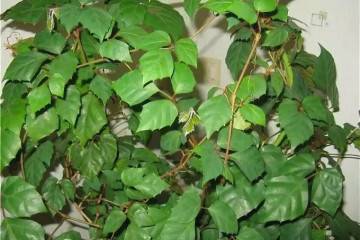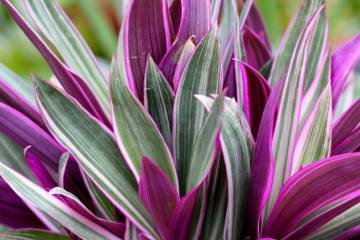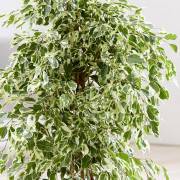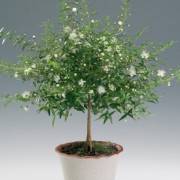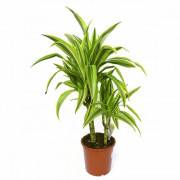Soleirolia - home care
Content:
Soleirolia (gelksina) is a plant with low, creeping shoots. The flower can be formed in the form of a ball, put down the stems, planted to tall crops. From the bushes, you can make a mix of different varieties by planting them in one pot. Further information on planting, care, reproduction of the indoor plant salt.
What does it look like, which family it belongs to
Soleroilia is a creeping herbaceous shrub with small oval leaves. More and more shoots appear from the sinuses, which intertwine and form a thick rug. In nature, it grows in the shady area of the islands of Sardinia and Corsica.
The culture belongs to the Nettle family. The root system of solyrolia is thin, threadlike. The flowers are small, creamy white, they have no decorative value.
Common varieties
The following varieties of saltium are popular among flower growers:
- Green. The leaves of the shrub are light green, up to 2 centimeters in diameter. Soleirolia Green is one of the unpretentious varieties of culture.
- Aurea. It is an ornamental plant with golden foliage.
- Variegata. A white border runs along the edge of the green leaf of this variety.
- Argentina. The variety was recently bred, but is already popular for its spectacular silvery leaves.
Soleirolia - home care
Many indoor plant lovers argue that caring for this flower is not too difficult. Of course, there are certain nuances. For example, a pot with a flower must be placed in the right place, watered often in summer, periodically fed.
Temperature
The culture develops well in summer at a temperature of 20-27 ° C. A pot with a flower in the warm season can be taken out into the open air, but provided that the sun's rays will not fall on it.
In winter, the culture can withstand a temperature range of 8 to 15 ° C.
Lighting
The flower can be placed both on a well-lit windowsill and in partial shade.
It is necessary to ensure that the direct rays of the sun do not fall on the bush, otherwise the leaves will get burned.
Watering
In spring and summer, the bushes are watered abundantly with warm, settled water. Excess liquid from the pan is removed a few minutes after irrigation.
In winter, saline is watered sparingly.
Spraying
The culture loves high air humidity, therefore, in the hot season, every day it is sprayed with water from a spray bottle.
At temperatures below 20 ° C, the bushes are sprayed 2-3 times a week.
Humidity
Dry air has a detrimental effect on saltiness.
To increase the humidity, a vessel with water is placed next to the flower. Placing a pot with a plant in a tray, into which small stones are poured and water is poured to their upper level, has a beneficial effect.
Priming
The culture is planted in a ready-made substrate for decorative deciduous plants purchased from a flower shop.
The soil mixture can also be prepared independently from the following components:
- turf and leafy land;
- peat;
- sand.
Top dressing
Soleyrolia is fed with mineral fertilizers for decorative deciduous plants. The procedure is carried out every 15-20 days, starting in March.
In autumn, the amount of dressing is reduced, in winter the plants are given a dormant period.
Pruning
If gelxina is used as a ground cover plant, no pruning is done. It is needed to give the bushes the desired shape.
Periodically, old shoots dry out, they need to be cut off so that the salt will retain its decorative appearance.
Features of winter care
In the cold season, it is advisable to place the salt in a cool room. Watering in these conditions is significantly reduced, since the moisture will not quickly evaporate.
Top dressing of bushes in winter is not required.
When and how it blooms
Soleirolia is a houseplant that rarely blooms at home.
With proper care, flowers appear in May or June. Their color is creamy white. After flowering, the culture does not bear fruit.
How does it multiply
At home, the reproduction of saltyrolia is possible in several ways: by seeds, cuttings, dividing the bush, rooting the stems.
Germinating seeds
Seed material is purchased at a flower shop. The land is selected loose, air-permeable and permeable.
Sowing is done as follows:
- soil is poured into a box with low sides;
- seeds are sprinkled on the surface;
- spray them with water from a spray bottle;
- the container is covered with glass or transparent film.
The seed box is placed in a warm place. The covering material is removed every day, the condensate is wiped off. When shoots appear, they are allowed to grow a little, then transplanted into separate pots.
Cuttings
For reproduction by this method, the tops of the bushes are cut off. They are laid out on damp earth, poured into pots, and covered with glass.
After 10-15 days, the roots will appear. After that, the shelter is removed. To make the bush lush, several petioles are planted in one container.
Dividing the bush
Soleirolia grows rapidly to form a dense mat.
When transplanting, the bush can be divided into several parts. Each section should have roots and shoots.
New bushes are planted in separate shallow pots, watered.
Rooting stems
When gelxina has grown long shoots, they can be rooted without separating them from the mother plant. To do this, place small containers filled with soil next to the pot.
The stems are slightly pressed into the ground, watered, sprinkled with sand or peat. After a while, the shoots will take root, and after that they can be separated from the mother bush.
Transfer
Growing up, the bush loses its decorative appearance. The stems do not have enough space for nutrition and development, they become thin, the leaves are small. Therefore, saline is transplanted every year.
The pot is selected in diameter slightly larger than the previous one. It should be wide, but not deep.
When transplanting, the bushes can be divided into several parts. Each piece is planted in a separate container.
Diseases and pests
With improper care, the saltworm flower can be exposed to diseases and pest attacks.
The main ones are as follows:
- Root rot. Plants get sick due to waterlogging of the soil. To prevent the appearance of fungus, water the flower after the top layer of the soil dries. A diseased culture can only be saved by rooting the apical cuttings.
- Gray rot. The disease manifests itself with a gray bloom on the leaves.It happens when spraying bushes that are kept in cool conditions. Diseased plants are sprayed with an antifungal drug.
- Spider mite. It can be found by a thin web around the shoots of saltium. To get rid of the tick, the plant is given a shower, then sprayed with Aktellik.
- Aphid. The insect settles on the leaves, sucking the juice out of them. To get rid of aphids, the bushes are sprayed with an insecticide.
Signs and superstitions
Solleyrolia is recommended to be purchased to protect the home from the evil eye and damage. The plant is able to bring joy to the house, to cheer up.
Gelksina is a culture with a calm energy, therefore experts advise placing it in a children's room. The flower will have a calming effect on the child.
Soleirolia is an unpretentious ground cover plant. If you follow the requirements of a flower, even a novice florist will be able to grow it. Even if for some reason the bush begins to disappear, the culture can be saved by propagating with apical cuttings.
